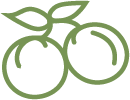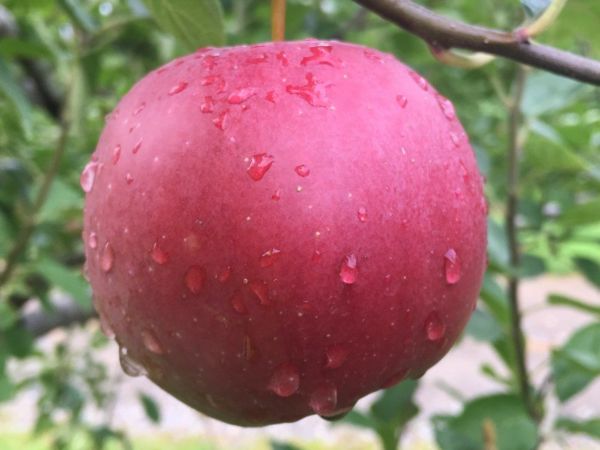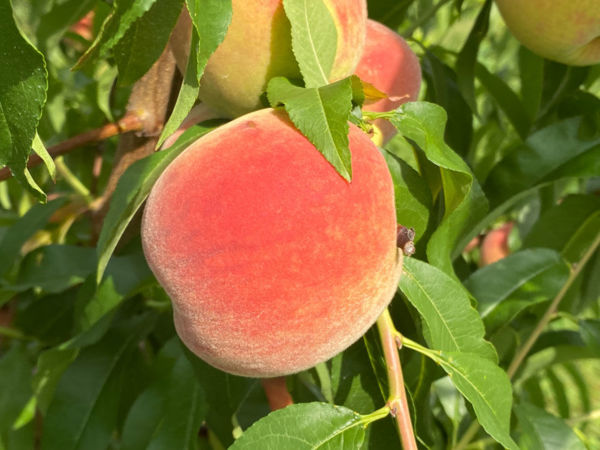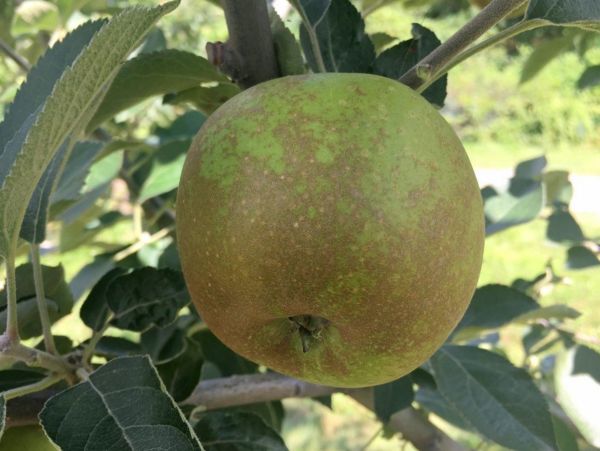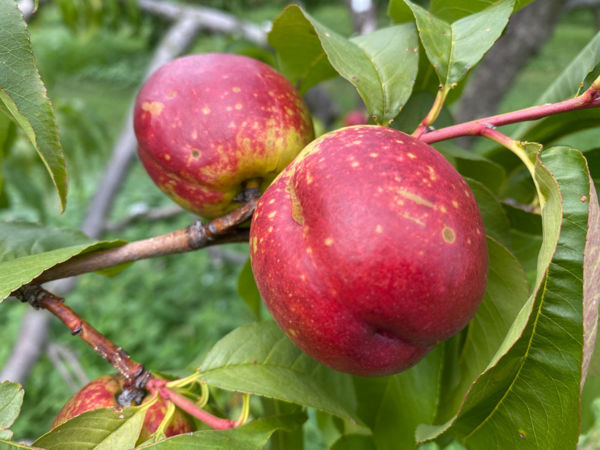An attractive, highly disease-resistant apple, ideal for organic growers.
Pruning & Thinning Fruit Trees
It is often remarked that pruning is more of an art or philosophy than a science. There are many different pruning methods, and an experienced orchardist will approach pruning with a view not just to their long-term goals but also to the growing habits and vigor of each different variety. Pruning seems very intimidating when you first start, but you shouldn’t be afraid of cutting your tree. One of the worst cuts you can make is none at all.
Annual pruning and fruit thinning are essential to basic tree care. No tree will thrive without regular pruning, while thinning is often necessary to obtain optimal fruit quality and maintain annual production. The goals of pruning are as follows:
- To establish and maintain a healthy, balanced structure (if your tree has permanent scaffolds).
- To remove dead and diseased material.
- To allow for good airflow and light penetration, both of which help protect the tree from disease.
- To maintain vitality and promote new growth.
- To prevent overproduction of fruit, which can cause the tree to cease regular fruit production and become biannual.
- To make the tree happy. Trees like to be pruned!
The goals for thinning fruit are as follows:
- To prevent breakage of limbs that are bearing excessive fruit load.
- To allow each fruit sufficient space and nutrition to reach full size and ripeness.
- To prevent overproduction of fruit, which can cause the tree to cease regular fruit production and become biannual.
We have divided up our pruning guide by pome and stonefruit, because different trees perform better with different training.
How to Prune Apple and Pear Trees
How to Prune Stone Fruit Trees
Thinning Your Fruit Trees
Featured Products
A few things we're loving right now...
A full-flavored, freestone white peach.
One of America's oldest apples, good for storage, baking, and cider.
A widely-grown, large, yellow-fleshed nectarine.





